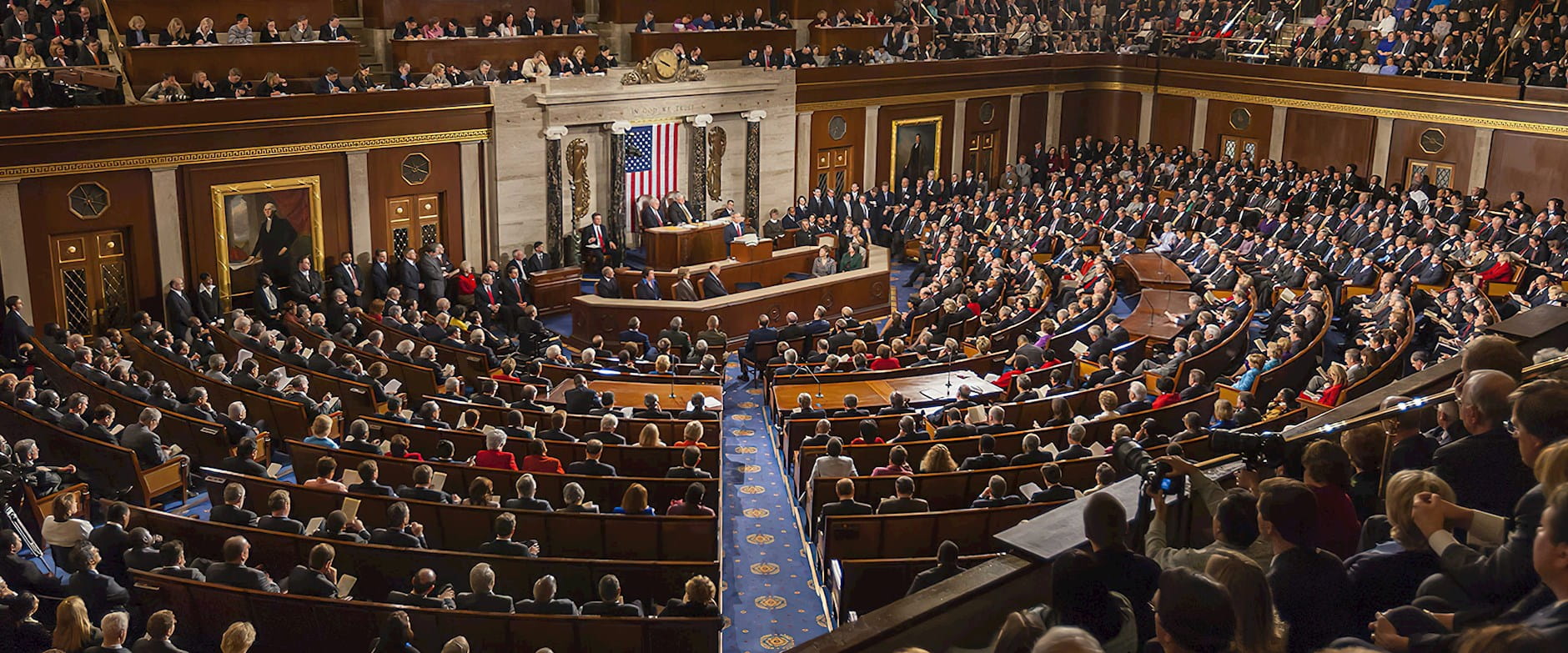The US Congress has a growing reputation for dysfunction that stems from increased polarization, sending its approval rating into single digits in recent years. But behind the scenes, members of Congress are working together in ways that aren’t often seen by the public.
University of British Columbia’s Francesco Trebbi and PhD candidate Nathan Canen modeled the social connectivity of members of Congress and observed how forging connections in the US House of Representatives improves chances of getting a bill passed. Their findings suggest that US representatives are building social capital in complex ways to affect the outcome of bills.
“Yes, fewer bills are passed, but the bills that are passed are way more complex and detailed than they used to be, and they necessitate more interaction among legislators,” says Trebbi. “And this detail and complexity is not necessarily a bad thing in an economy that is as increasingly sophisticated and interconnected as the American one.”
In the researchers’ model, the more cosponsors a bill has, the more likely it is to be approved. The clout of the cosponsors also plays a role, as does the connectedness of the cosponsors’ cosponsors, and so on, in a recursive fashion.
Canen and Trebbi start with the 105th Congress, a few years after the Republican Revolution of 1994, in which the GOP took control of the House for the first time in more than 40 years. It marked a significant change in how socialization among members would affect the ability to pass legislation.
The model suggests that the average member of Congress has, over time, become more connected to his or her peers. In the 105th Congress (1997–99), the average member cosponsored 185 House bills. By the 110th Congress (2007–09), that number grew to 270. The average 110th congressperson was connected to 31 other legislators, as defined by the reciprocal cosponsoring of each others’ bills at least five times, up from four times in the 104th Congress.
The number of cosponsorships across party lines has held steady since the 105th Congress. This seems to suggest that members of Congress are still finding ways to work together despite increasing polarization.
While a congressperson might simply sign onto legislation he likes or that is popular, the model finds that it’s not always how many people you know, but how important those people are.
Patrick Kennedy, a Democrat from Rhode Island, is given as an example of a highly connected congressperson: he had an average of more than 33 cosponsors on his bills and a 13 percent chance of getting a bill passed. On the flip side, Peter Roskam, a Republican from Illinois, had fewer than 4.5 cosponsors per bill and had only about an 8 percent chance of getting a bill through the House. In the model, adding Roskam to a bill improves its chances of passing, but Kennedy has far more influence and boosts those chances even more.
Bolstering their idea that cosponsors are valuable, the researchers note that if identical bills are proposed in the House and Senate, the one with more cosponsorships (proportional to the size of the body) is more likely to pass, especially when taking into consideration the connectedness of those cosponsors. And the model demonstrates that a congressperson’s ability to pass legislation correlates with the likelihood of reelection, yet another reason she’s likely to increase her networks.
The model suggests that increasing the cost of socialization has a real impact on passing legislation. The researchers estimate that if the rules that restrict committee assignments were to change or leadership pressure to reduce bipartisan cooperation were to increase—to the point that making connections with other members of Congress became, say, 10 percent more difficult—the chance of a bill passing the House would drop by 17 percent.
Nathan Canen and Francesco Trebbi, “Endogenous Network Formation in Congress,” NBER working paper, October 2016.
Your Privacy
We want to demonstrate our commitment to your privacy. Please review Chicago Booth's privacy notice, which provides information explaining how and why we collect particular information when you visit our website.
